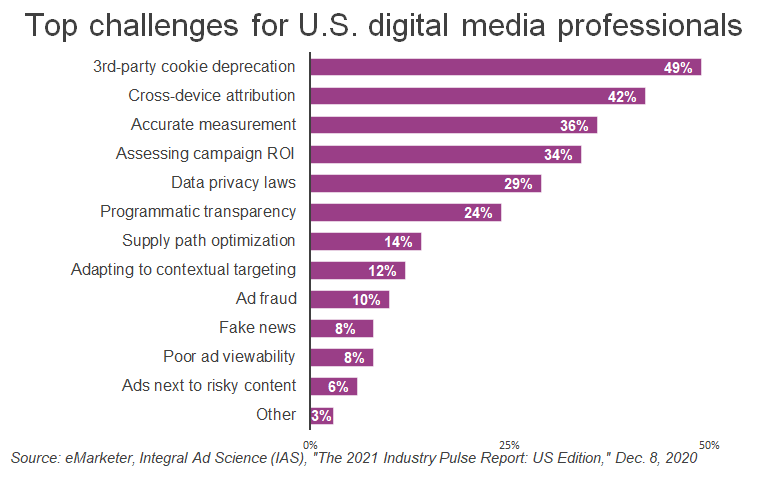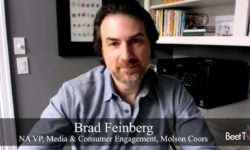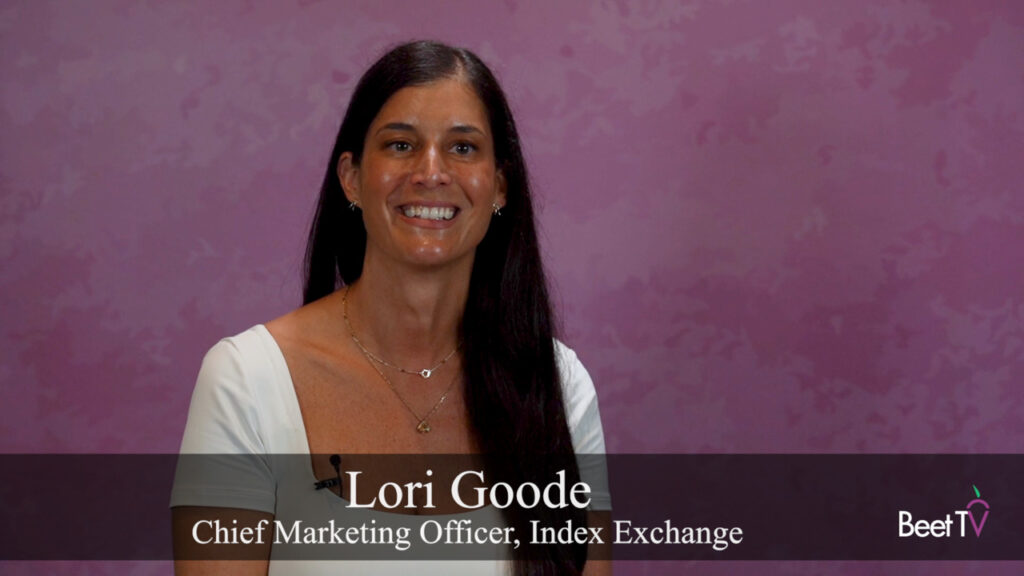Mass marketers with millions of customers must avoid seeing consumers as abstract data points whose behaviors are quantified in web visits, ad impressions and social media “likes.” Instead, marketers need to take a more “human” approach to reaching their target audiences as tracking cookies disappear from the internet.
“There has been I think in the last decade an over-reliance on data such as cookies to almost do the work for the modern-day marketer in terms of really mining for insights,” Doug Zarkin, chief marketing officer at eyecare chain Pearle Vision, said in this interview with Beet.TV. With the loss of third-party cookies, brands are being asked “to take a step back to really think about the emotions, attitudes, feelings and perceptions from our consumer target,” he said.
Adding Value to Consumer Data
Consumer data are most valuable when they provide actionable insights for marketers instead of a caricature of demographic groups.
“Data is truly only as good as the questions you ask,” Zarkin said to Rob Williams, senior editor for Beet.TV. “The notion of really ‘thinking human’ gets down to: stop looking at your target audience as purely just boxes on an Excel chart or two-by-two matrix and really getting to understand them as people.”

After two years of forced isolation during the pandemic, people are itching to have real-world experiences away from their computer, smartphone and television screens.
“We are starting to see a massive revival in brick and mortar, whether that’s in the service industry or even in our business — and that’s because people really crave human interactions,” Zarkin said. “I actually believe more marketers are going to actually go back to the way it was done 20 years ago — getting out of the boardroom and getting into your four-walls establishments, really interacting with your consumers face-to-face to really unlock and mine for those nuggets that allows you to put meaningful communication plans together.”
Revival of Contextual Advertising
Amid the enactment of consumer privacy laws and concerns about brand safety, marketers have renewed their interest in contextual marketing – that is, making sure their brands appear alongside content that engages target audiences.
“For a brand like Pearle Vision that considers itself a premium, high-quality-of-care brand, we want to put ourselves in environments that are reflective of that,” Zarkin said. “Things like local television is a great example.”
While Pearle Vision is a national chain with hundreds of corporate stores and franchises, it’s important for the brand to have strong connections in the communities it serves.
“For us it’s about caring about the people behind the eyes,” Zarkin said. “One of the ways you do that is by humanizing your brand — getting our doctors and our opticians out of our four-wall eyecare centers into the community to forge those connections.”
Consumer Mindset and Attention to Ads
Developing a more intimate view of how consumers think and feel is a process of meeting them personally. Those insights help to inform broader strategies.
“Iistening in order to lead is such a critical component of the successful modern-day marketer,” Zarkin said, “and so for me, in particular, really trying to get back out into the community, spending time in our eyecare centers, really connecting with our patients.”
The fragmentation of the media marketplace and the profusion of viewing devices have challenged advertisers to measure the efficacy of their messaging. Delivering an ad impression to a screen doesn’t necessarily mean a consumer paid attention to it.
“Multitasking is a way of life for kids, for teens and yes, for adults,” Zarkin said. “What it really forces us as marketers and brands in general to do is to really think even more about being disciplined — and not just what you’re saying, but how you’re saying it.”
One of the ways to form bonds with consumers is to reach them when they’re most receptive to a brand’s message. Engaging content helps to do that.
“Good content resonates whether that’s on a mobile device, a desktop device or on the big screen,” Zarkin said. “We really want to focus even harder on forging strong emotional connections to hopefully drive that consideration and choice.”
You are watching “Gaining Consumer Attention in a Shifting Media Landscape,” a Beet.TV Leadership Series presented by GumGum. To learn more about GumGum and the Mindset Matrix, please visit this page.

































